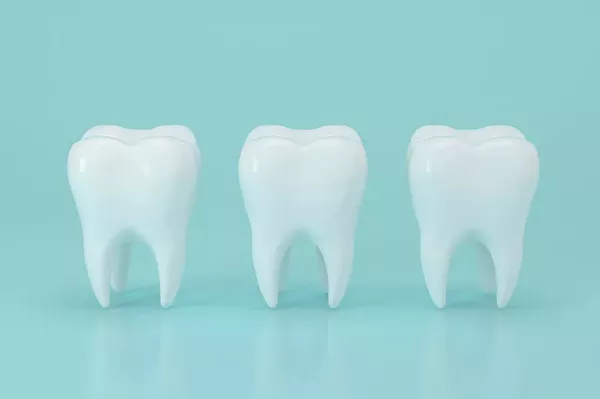In the quest for a brighter, more radiant smile, using whitening strips has become a popular choice. However, the effectiveness of these strips can be influenced by various factors, including what you eat after the treatment. In this comprehensive guide, we will delve into the dos and don’ts of post-whitening strip nutrition to ensure you get the most out of your teeth-whitening efforts.
1. Optimal Timing for Post-Whitening Meals
After completing a teeth whitening session, it’s crucial to be mindful of the timing of your meals. Experts recommend waiting at least 30 minutes before consuming any food or beverages. This waiting period allows the whitening agents in the strips to fully set and adhere to your teeth, ensuring maximum absorption.
2. Choose Teeth-Friendly Foods
Selecting the right foods post-whitening can significantly impact the longevity of your results. Opt for crunchy fruits and vegetables like apples, carrots, and celery. These natural abrasives help remove surface stains and promote saliva production, which aids in cleansing your teeth. Additionally, dairy products rich in calcium, such as cheese and yogurt, can help remineralize enamel, strengthening your teeth.
2.1 Crunchy Fruits and Vegetables
Incorporating crunchy fruits and vegetables into your post-whitening diet serves a dual purpose. Not only do they contribute to your overall health, but they also act as nature’s toothbrushes. The fibrous texture of these foods assists in scrubbing away residual stains, enhancing the whitening effects.
2.2 Dairy Delights
Dairy products contain calcium and phosphates, essential minerals that promote enamel remineralization. Cheese, in particular, creates a protective layer on your teeth, reducing the risk of future stains. Adding a serving of yogurt to your post-whitening meal can contribute to a healthy oral environment.
3. Beware of Staining Culprits
While some foods can enhance the effects of whitening strips, others can compromise your results. Dark-colored and acidic foods should be consumed cautiously post-treatment. Berries, red sauces, and citrus fruits, though nutritious, can contribute to staining. Coffee and red wine, known culprits of tooth discoloration, should also be limited.
3.1 Dark-Colored Foods
Dark-colored foods, such as berries and beets, contain pigments that can adhere to your teeth, diminishing the impact of whitening strips. If you can’t resist these delicacies, consider consuming them before your whitening session to minimize the risk of staining.
3.2 Acidic Foods
Acidic foods, like citrus fruits and tomatoes, can weaken tooth enamel, making it more susceptible to stains. It’s advisable to moderate your intake of these foods, especially immediately after a whitening treatment, to preserve the integrity of your enamel.
4. Hydration Habits for Enhanced Results
Staying well-hydrated is key to maintaining the results of your teeth whitening efforts. Water not only promotes overall health but also helps rinse away leftover whitening gel and prevents staining. Make it a habit to consume water throughout the day, especially after meals.
4.1 The Power of Water
Water is a natural cleanser that aids in removing food particles and preventing the accumulation of stains on your teeth. After indulging in a post-whitening meal, swish some water in your mouth to ensure a thorough cleanse. This simple practice can go a long way in preserving your newly brightened smile.
5. Maintain Good Oral Hygiene Practices
In addition to dietary considerations, maintaining a consistent oral hygiene routine is essential for prolonged whitening results. Brush your teeth with a fluoride toothpaste and use a soft-bristled toothbrush to avoid damaging enamel. Flossing regularly helps remove plaque and prevent stains from settling between your teeth.
5.1 The Right Toothpaste Choice
Selecting a toothpaste with fluoride is crucial for maintaining the health of your teeth post-whitening. Fluoride strengthens enamel, making it more resistant to stains. Incorporate this into your daily oral care routine to protect your investment in a whiter smile.
In conclusion, the journey to a brighter smile doesn’t end with the application of whitening strips. What you eat after the treatment plays a pivotal role in maximizing and maintaining your results. By following these guidelines and making mindful dietary choices, you can enjoy a radiant smile that lasts. Remember, a little care goes a long way in preserving your investment in teeth whitening.
Related Links:
Do whitening strips work after one use?
What not to Do after using whitening strips?
How much to bleach teeth at dentist?





























